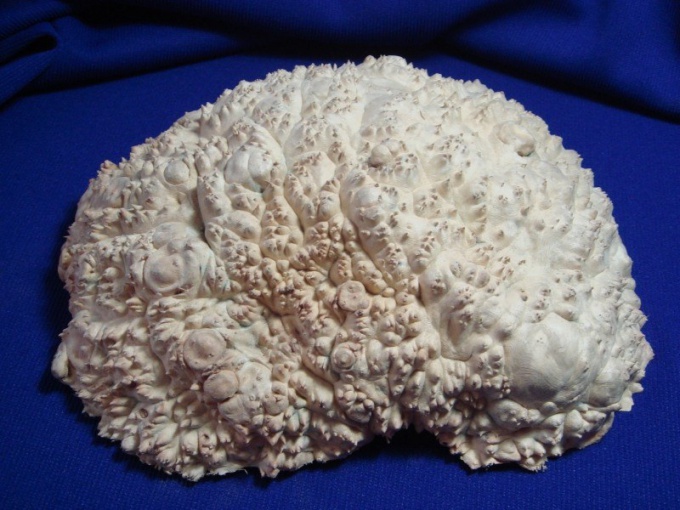Instruction
1
If cap is quite large, and on the idea it can do more than one thing, but several, before processing it is sawn. Most often the cap is sawed into sheets of different thickness: the thickness depends on what products you plan to produce. For best figure in all the blanks, the cutting angle you need to consider thus to cut as many dormant buds. In the fresh cut of the pattern is unobtrusive, but the raw cap is easier to saw. But before you make the product, cap steamed to figure appeared fully in the work it was possible to show. It is best to microwave in small cap filings, this can be done at home. You will need a suitable size unnecessary pot allocated by the wood dyes will be difficult to wash off. Sawdust put a thick layer on the bottom, then lay the cap - but not too close, about a quarter inch gap between the workpieces should be. Top also provide sawdust, but not so thick.
2
Pour salt water, but mainly the bottom layer, so that the water only touched the blanks, not covering them entirely. Salt per liter takes about a tablespoon, can be a little more. Close lid and put on very slow fire. After boiling, the workpiece needs to steam for about 6-10 hours, the water in the pot periodically need to add, checking every hour. Then the pan removed from the heat and leave to cool. The workpiece is removed from the cooled sawdust, sawdust wash them with water, leave to dry, turning for even drying every few hours. Drying usually takes 3-4 days. After the workpiece is dry, you need to repeat the process of boiling down, then again to dry, and so no less than 3 times. If after three Propriano bark itself is not eliminated from the workpiece, it is necessary to remove. Propariv procurements of burl and the last time, removing the bark, leaving the wood for the final drying. It is best to dry them on the street, turning the first 3 days every few hours, then once a day. Then well dry the workpiece in a special drying oven 2-3 times.
3
Large pieces of solid burl, larger than a soccer ball, not suited to processing in this way. In the process of cooking or drying the cap will crack and may burst. Shapes of one-piece cap treated in the same way as any wood - sanded, varnish. Digestion is best suited for Capa, which is sawn into thin plates. Steam these blanks are painted with natural dyes in a variety of shades, from light Golden to chocolate brown. After this lengthy process you can proceed to further improvement of the Capa. Finished products cover alcohol or acrylic varnishes. You can also use nitro lacquer. Before coating, the surface is polished with sandpaper, first large, and then the smallest, and is wiped from the wood dust with a soft cloth.
